We woke up early this morning and headed to a nearby trail to see the cliffs in the morning light. When traveling west, it's very helpful to stick to our east coast schedule: go to bed early and wake up early. This allows us to easily get to the right spot before the crowds arrive. However, this didn't work everywhere: in Glacier Park, we left the cabin at 5:30 AM and arrived at the parking lot at our destination by 6:40 AM (yes, we drove for over an hour—the park is big), and the parking lot was already full. But Badlands isn't that popular, so there was only one other car there.
The sight of these cliffs, especially in the right light, is mesmerizing. But you immediately understand why the settlers heading west gave these places their name: they were more interested in growing grain and grazing livestock than in beauty. Agriculture in the local barren lands is very poor. Although there were a few settlements in these parts, especially after the railroad was built, they have not survived.

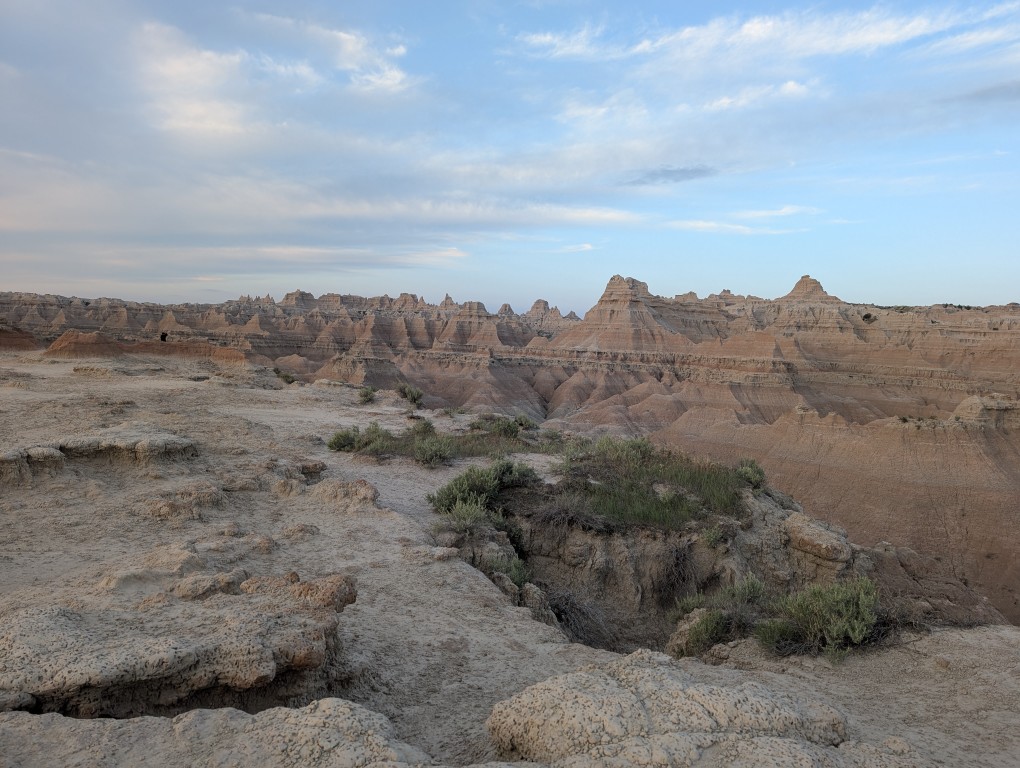
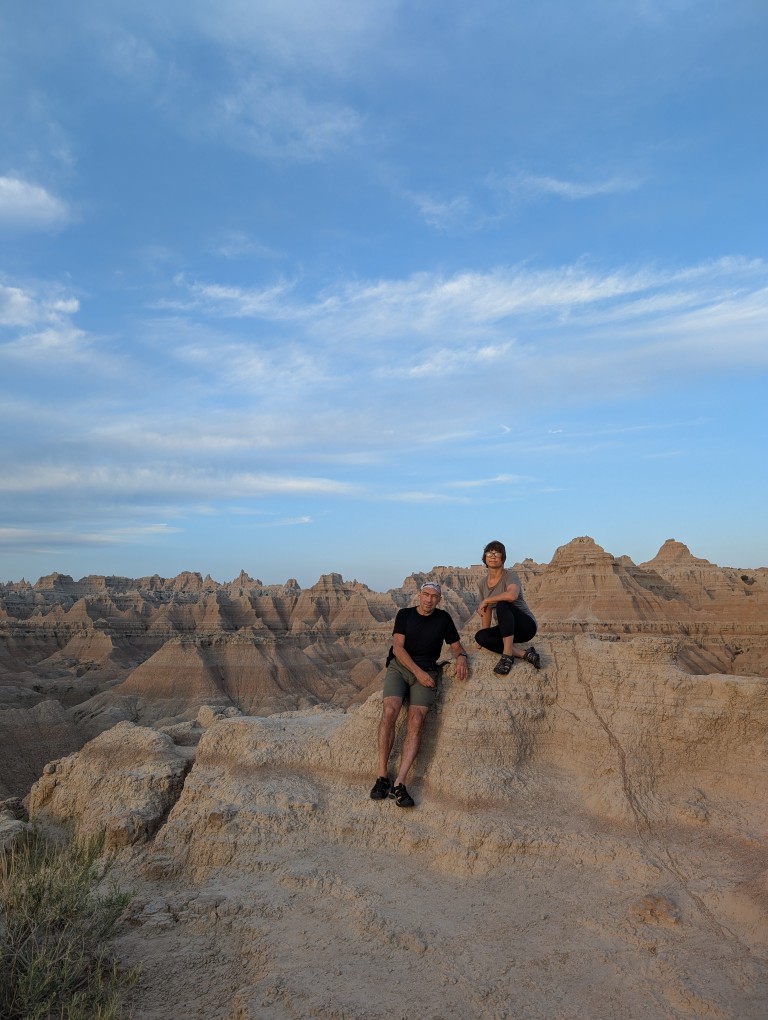

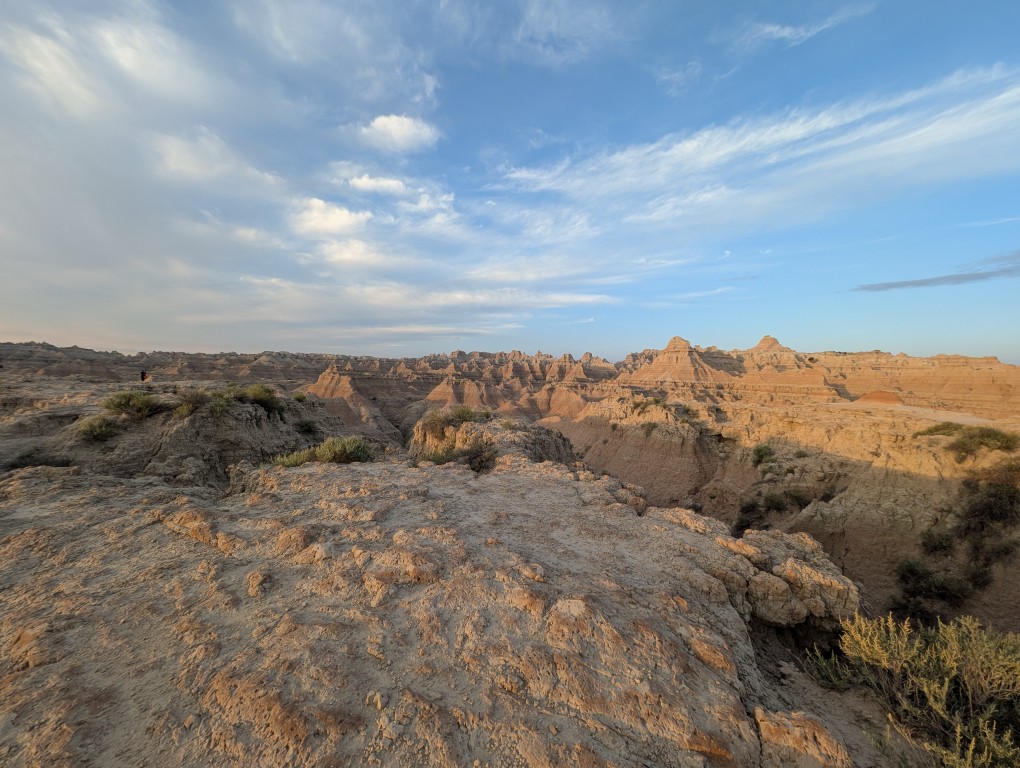
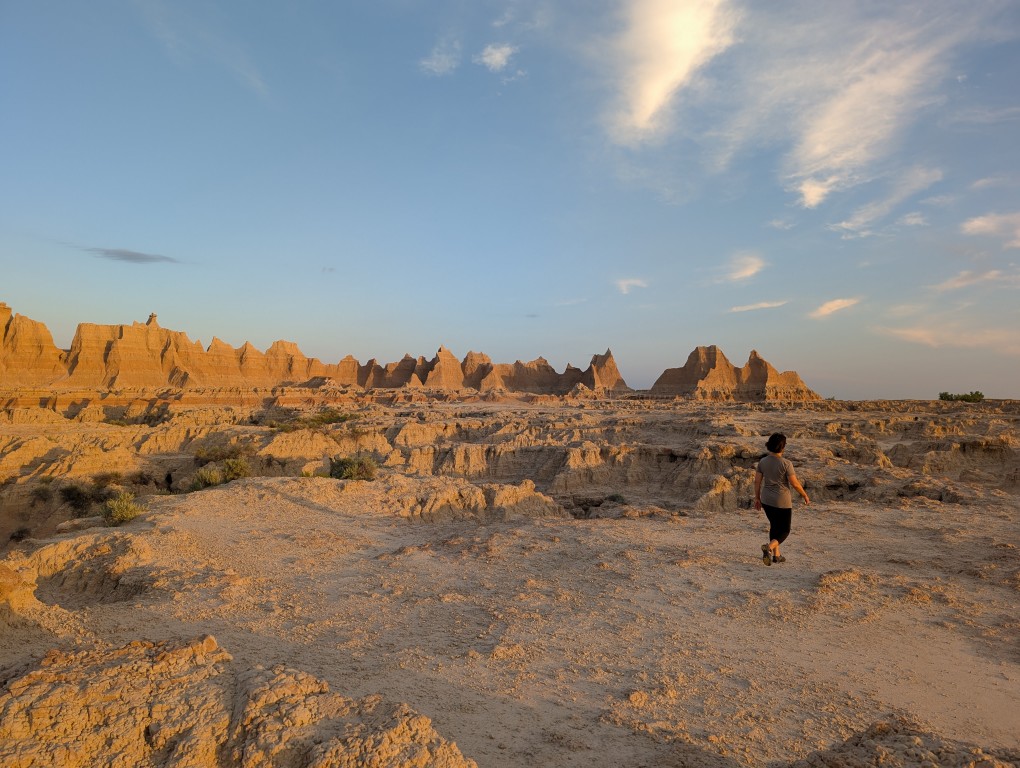
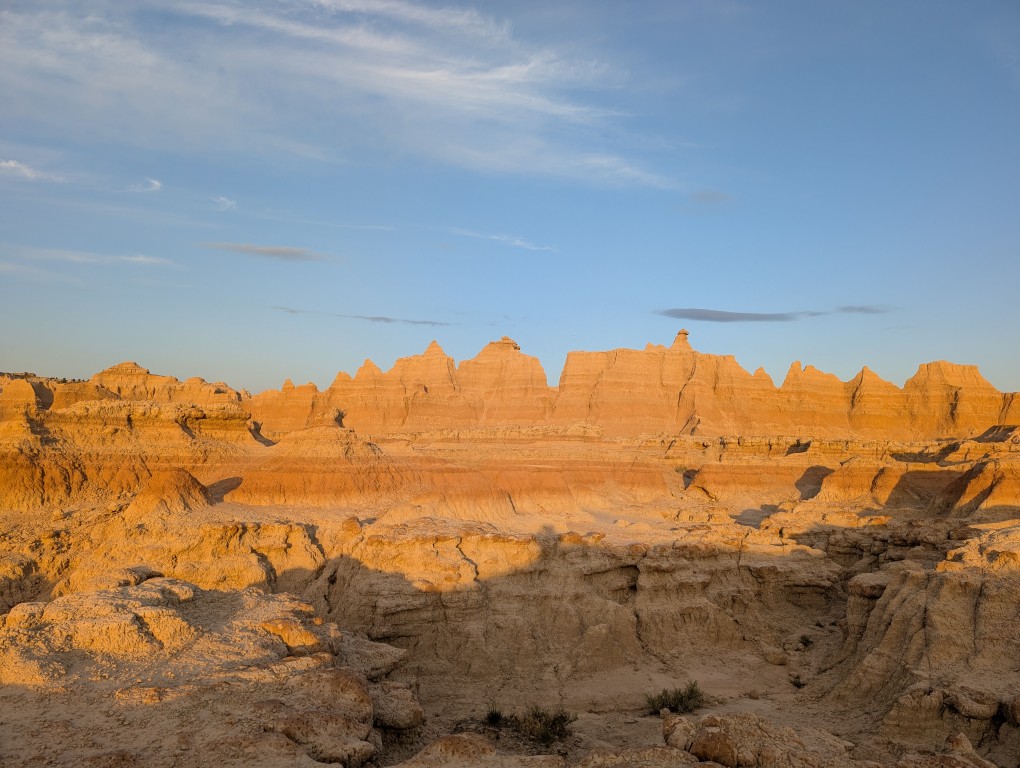

After walking along the trail, we had breakfast and drove along the road No. 240 (aka “Ring Road”"). The road itself isn't long—we covered less than 40 miles, and that was almost it. But there are numerous stops along the way where you can take in all sorts of beauty, walk a few miles along the trail, and then hop in the car, drive to the next stop, and repeat the whole thing. We stopped at almost every stop and soon began to recognize people doing the same, and even began to practically say goodbye to some of them. In total, the drive from the first stop along the road took about 7 hours. There were a couple more stops left, but we decided against it because the main attraction there were the prairie dogs, which we'd already seen (and rightly so, as it turns out—in other parks, they're completely unafraid of people and let you get much closer). So I later deleted all the photos of the dogs from that day.
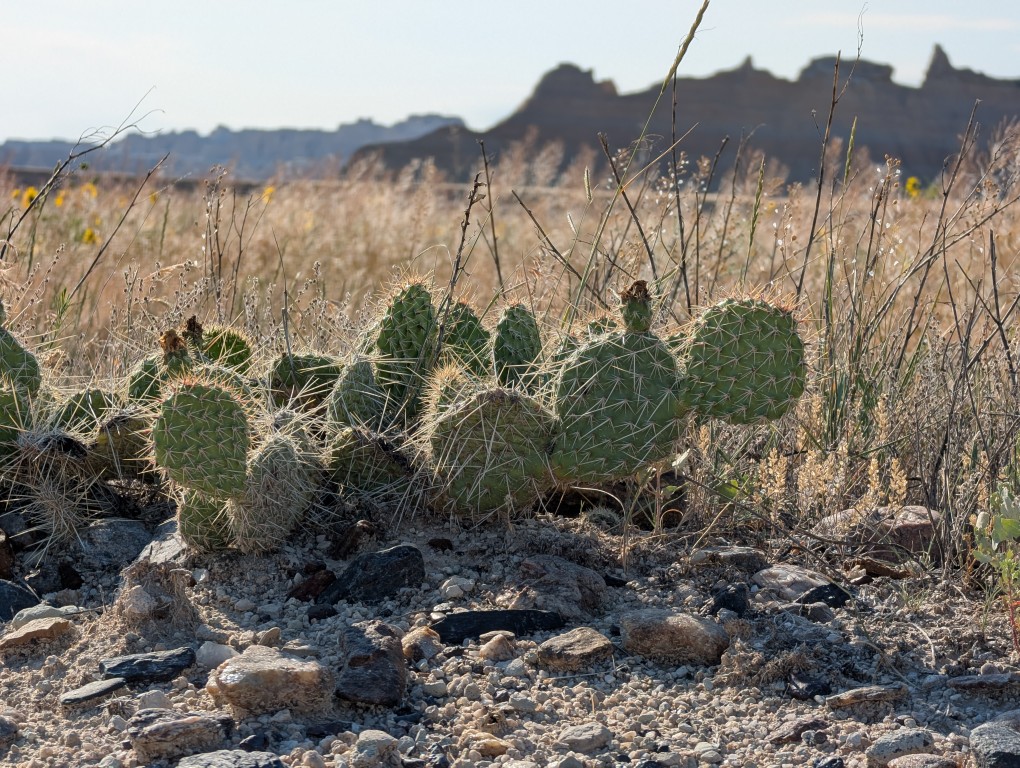
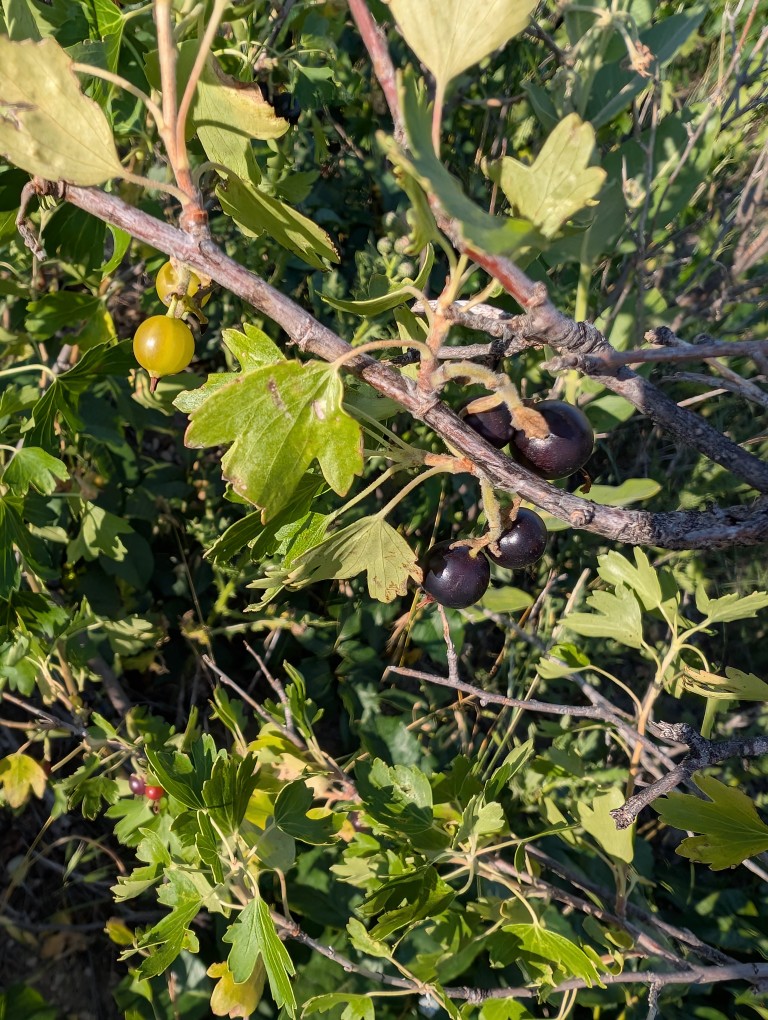
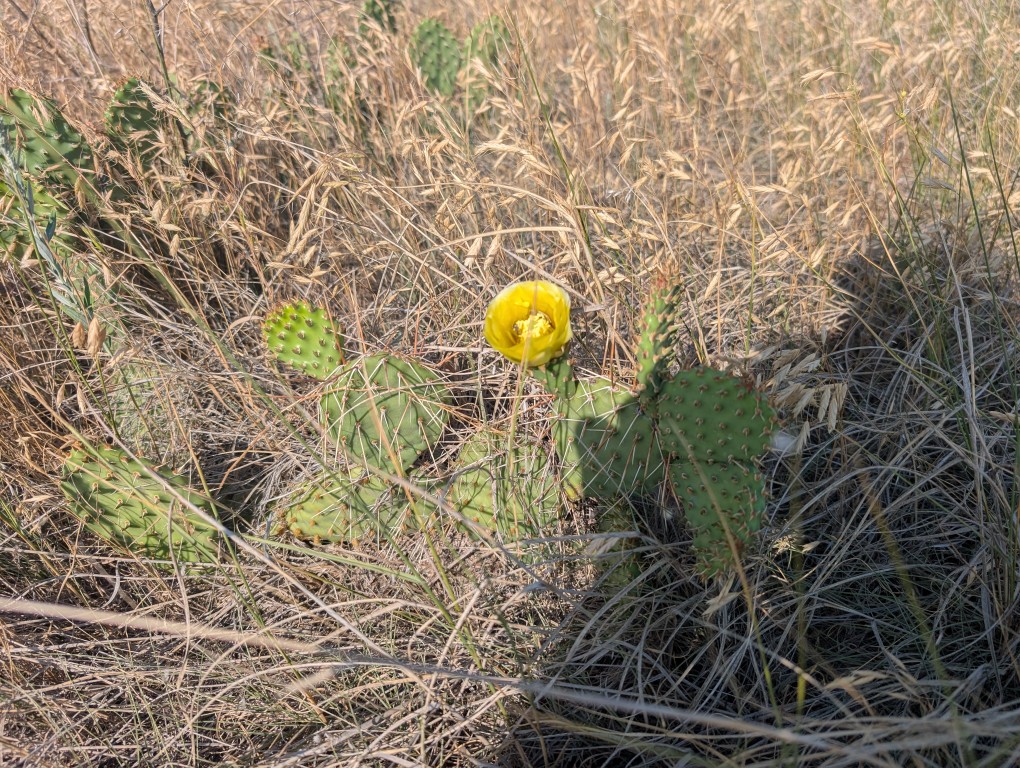

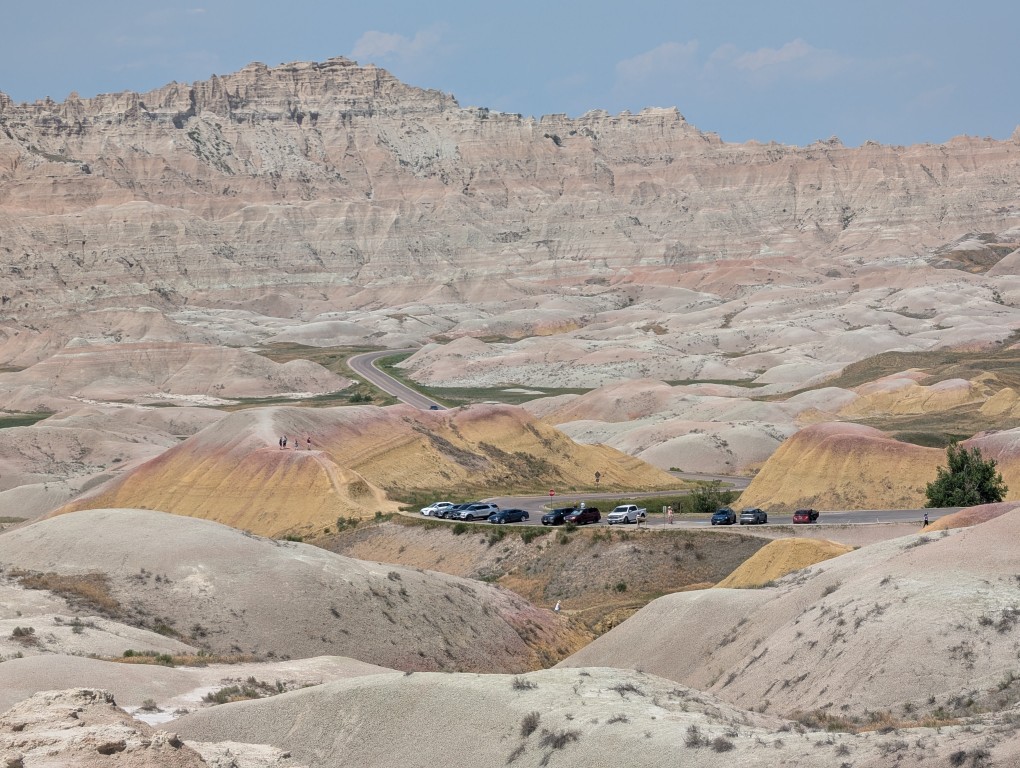

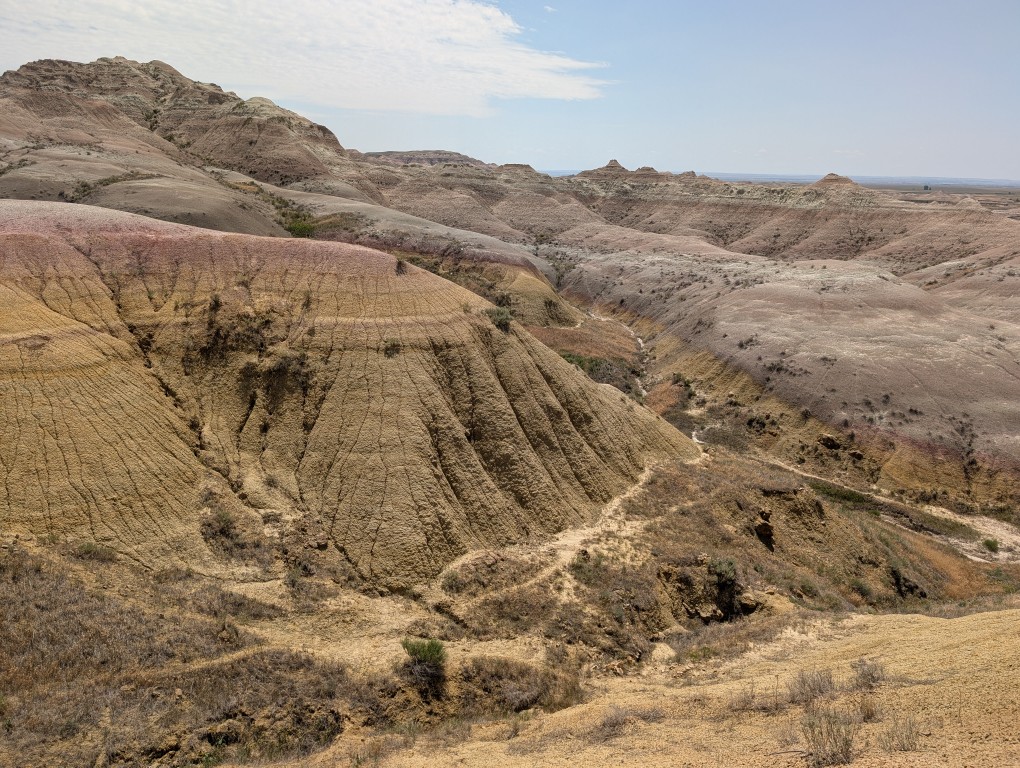
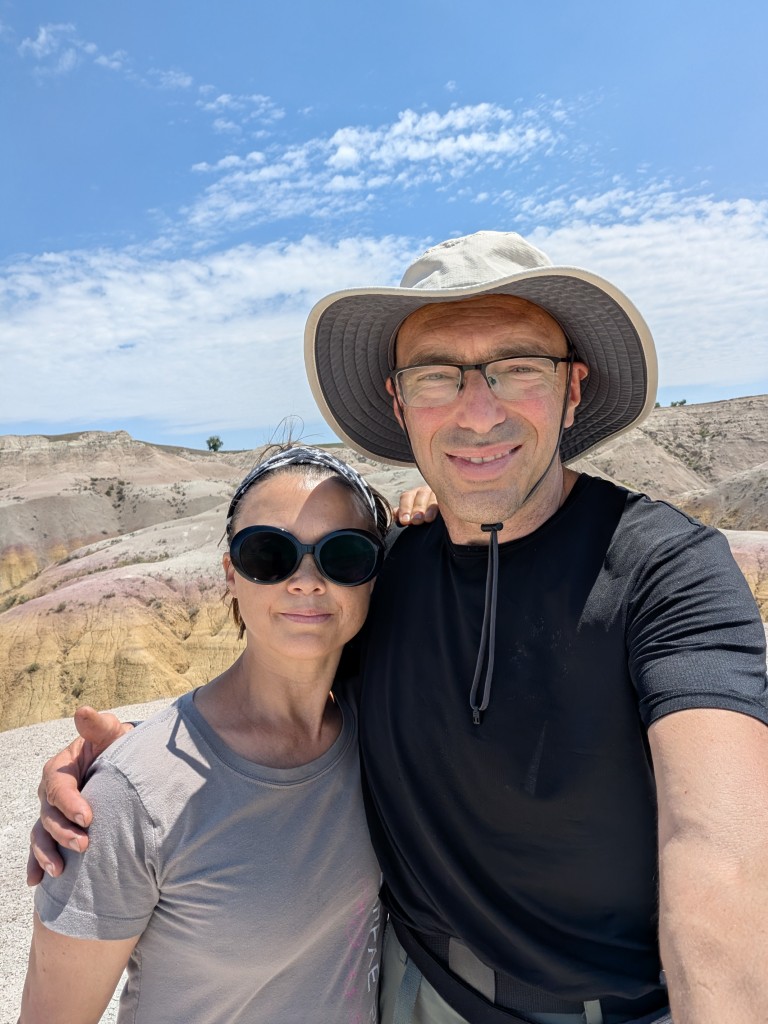

So somewhere around one o'clock we finished and went to the nearest town called Wall, to the town pharmacy, to have lunch.
Walla City Pharmacy.
This drugstore is not just any drugstore—it has been there for about a hundred years, and, to some extent, it is one of the symbols of the American Dream.
If you go to pharmacy website, you can read its story there. In 1931, Ted and Dorothy Husted bought a struggling drugstore in the impoverished village of Wall. The village, located in the middle of nowhere in the middle of the prairie, had a population of 326, and the Great Depression was raging. So, business at the drugstore was going very badly.
Five years later, in 1936, Ted and Dorothy were ready to give up, but Dorothy had an idea. Highway 16-A (now I-90, but it wasn't built until after the war) ran nearby, and even then, quite a lot of people drove along it—on their way to Yellowstone or elsewhere in the West. So Ted put up a homemade sign along the road: stop by our drugstore, and we'll give you free ice water.
«Get a soda. . . Get a root beer. . . turn next corner . . . Just as near. . . To Highway 16 & 14. . . Free Ice Water. . . Wall Drug."»
Here's a quick clarification for those unfamiliar with our reality: American pharmacies make only a very small percentage of their total revenue from medications. Because if you have a business open from morning until night (and many pharmacies are open 24/7), why not sell all sorts of household essentials besides medications—batteries, flashlights, phone charging cables. And ice cream. And soda. And plastic-wrapped bread. And alcohol and cigarettes (which would also create potential drug buyers). And create a small nook where you can have a simple breakfast. It's good for the people, and the owner gets a little extra cash...
It was a hot summer, and Fords didn't have air conditioning back then, so the pharmacy ran out of crushed ice almost immediately, and they had to rush to make more from ice blocks (apparently they had a lot of them in stock). Naturally, many customers simply drank the water and left, but there were also plenty of people who bought something.
Currently, during peak season, the pharmacy is visited by about 20 thousand customers a day.
Of course, the old pharmacy is long gone. It's now a massive shopping mall, where you can probably find a pharmacy somewhere. All that remains of the old pharmacy is a museum. We didn't know its history back then, so we didn't go inside.
There are also plenty of souvenir shops, a chapel for travelers (Ted and Dorothy were Catholic), and a fast-food restaurant where you can buy delicious bison burgers and wash them down with free ice water.
Chapel.
The yellow cardboard cup contains the same water. The sign reads: "Free ice water at Wall's Drugstore.".
After lunch, full and satisfied, we headed to our next overnight stop—a campsite on the shore of a forest lake. But before that, we stopped at one more place— Mount Rushmore National Memorial. I hadn't really planned on going there, but it suddenly turned out that it was right on our route, only a 20-minute detour. So we decided to stop in.
There were presidents in the mountain, there was also a sculptor's workshop with a description of how it was all done, and a small path around the mountain.
Natasha looks quite harmonious on the threshold of the tipi.
The lake where we camped overnight, by the way, wasn't particularly impressive—just the day before, we'd been swimming in Michigan, and there's little that can compare. But I went for a swim anyway.
Go to main page of the trip.